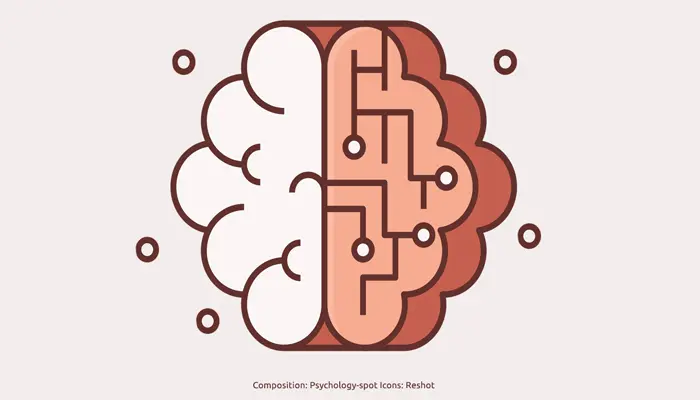
In the culture in which we live, concern for the physical appearance is an excessive fashion, I would say. Taking care of our body, exercising, even pampering our body a little, is perfectly normal, but when the whirlwind of plastic surgeries begins, as long as our wallet allows it, the analysis is different.
Normally, those persons who does not accept their nose probably have a much bigger problem than a curved or large nose, they have problems accepting themselves as they are, they have low self-esteem.
There is a level where concern for our body becomes a severe damage to our mental balance: the Body Dysmorphic Disorder.
The essential characteristic of this disorder is excessive concern about some physical defect that may be imaginary or, if it exists, the restlessness of those persons is such that it causes a deterioration in work, study and interpersonal relationships. Why?
Well, because the awareness that they are “defective” leads them to avoid the social situations to the point that some only go out at night to avoid that people can observe their physical appearance. Thus, they remain locked in the house for a long time, even years. On the other hand, ideas of being the center of attention and ridicule by others are common, which makes them irritable or withdrawn.
Normally the “defects” are found in the areas close to the face; although any minimum physical outline can be subject to tension.
Most people experience intense discomfort in relation to their supposed defect and often describe their worries as “painful” or “torturing”. As a result, they often spend hours thinking about their “defect”, to the point that these thoughts can completely dominate their lives.
They also tend to spend many hours a day checking their “defect” in front of the mirror or any reflective surface they find in their path. Some even use magnifying surfaces to see themselves better. Contrastingly, others avoid mirrors to the point of removing them all. Although the normal thing is that there are periods of over-vigilance and denial that alternate.
Sometimes, excessive cleaning and grooming behavior is usually developed to try to reduce the anxiety that their “defect” produces, but usually the opposite result is obtained.
Others may be overly concerned that the “ugly” part of their body is not working properly, is extremely fragile, or is in constant danger of harm.
The Body Dysmorphic Disorder usually begins in adolescence, but it can go unrecognized for many years because people with the disorder often don’t want to disclose their symptoms. The onset may be gradual or sudden; the course is continuous, with few intervals without symptoms, although its intensity may present ups and downs. According to data published on Elsevier Body Dysmorphic Disorder affects 5-7.5 million people only in the United States.
Surgical operations to repair their “defect” are the order of the day, but normally the changes are not to their liking or they find another “defective” part of their body. On many occasions, surgical treatments tend to worsen the disorder, causing the appearance of new and more intense concerns, which in turn lead to new therapeutic procedures without success, with which these people can end up having noses, buttocks, ears, breasts and “synthetic” hips, which are still not to their liking.



